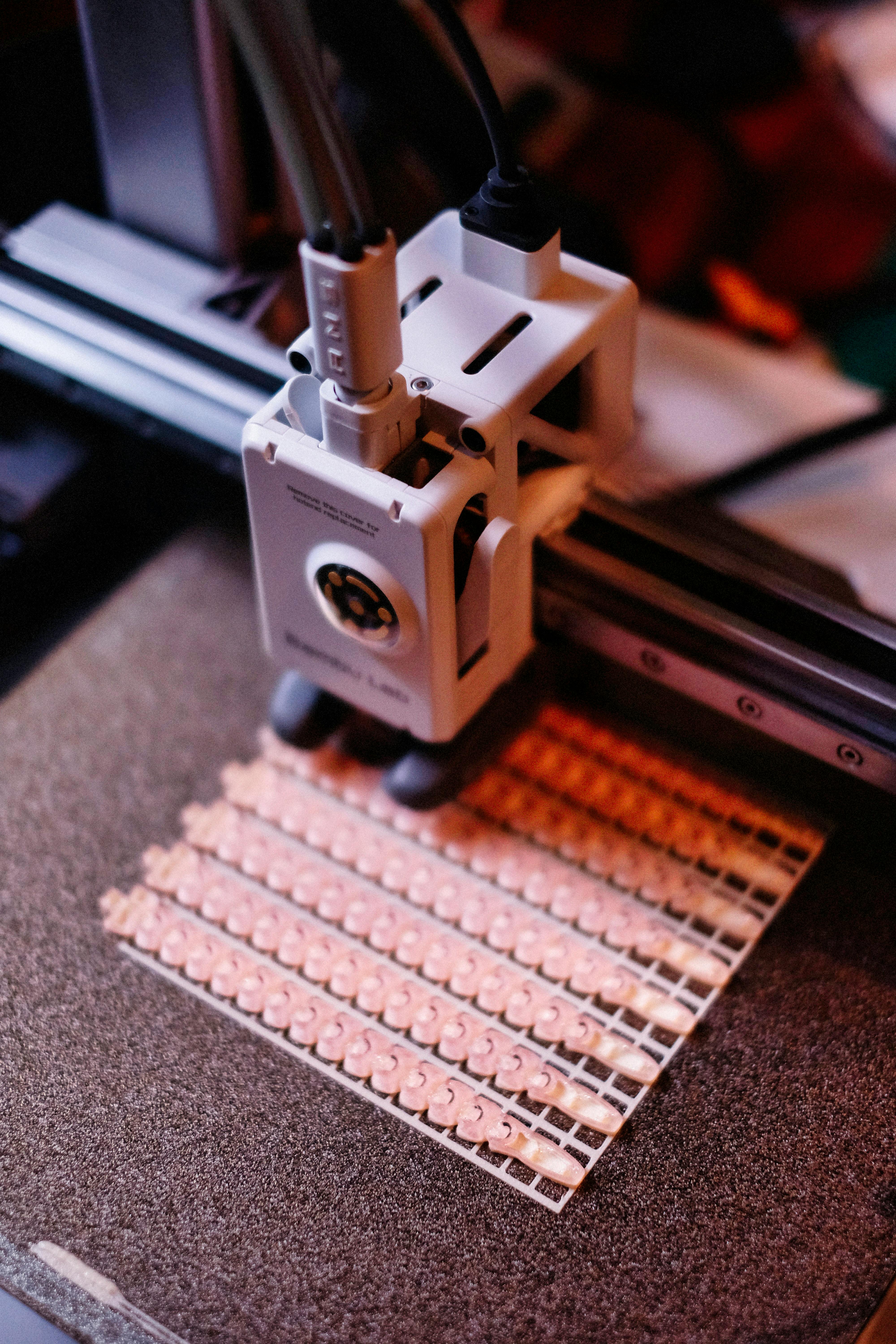Wi-Fi 7: The Next Frontier in Wireless Connectivity
The landscape of wireless connectivity is on the brink of a significant leap forward with the imminent arrival of Wi-Fi 7. This cutting-edge technology promises to revolutionize how we interact with the digital world, offering unprecedented speeds, reduced latency, and enhanced network efficiency. As businesses and consumers alike grapple with ever-increasing bandwidth demands, Wi-Fi 7 emerges as a beacon of hope, poised to redefine our expectations of wireless performance.

Wi-Fi 7: A Quantum Leap in Wireless Performance
Wi-Fi 7, also known as IEEE 802.11be, represents a quantum leap in wireless networking capabilities. It builds upon the foundations laid by its predecessors while introducing groundbreaking features that promise to deliver theoretical speeds of up to 46 Gbps. This staggering increase in throughput is achieved through a combination of wider channels (up to 320 MHz), higher modulation (4K-QAM), and multi-link operation (MLO).
Key Features and Enhancements
One of the most significant advancements in Wi-Fi 7 is the introduction of 320 MHz channel bandwidth. This doubling of channel width from Wi-Fi 6’s 160 MHz allows for substantially increased data throughput. Coupled with 4K-QAM (Quadrature Amplitude Modulation), which packs more data into each transmission, Wi-Fi 7 can achieve speeds that were once thought impossible over wireless networks.
Multi-link operation (MLO) is another game-changing feature of Wi-Fi 7. MLO allows devices to simultaneously transmit and receive data over multiple frequency bands and channels. This not only increases overall throughput but also significantly reduces latency and improves reliability, especially in congested network environments.
Practical Applications and Industry Impact
The implications of Wi-Fi 7 for various industries are profound. In healthcare, it could enable real-time, high-resolution telemedicine applications, including remote surgery with haptic feedback. For the entertainment industry, Wi-Fi 7 could make streaming 8K video and cloud gaming with near-zero latency a reality. In smart homes and cities, it could support a vast network of connected devices without the performance degradation typically associated with high-density IoT deployments.
Challenges and Considerations
Despite its promising capabilities, the widespread adoption of Wi-Fi 7 faces several challenges. The need for compatible hardware on both the network and device sides means that initial deployment may be limited to early adopters and specific use cases. Additionally, the increased power requirements of Wi-Fi 7 devices could pose challenges for battery-operated mobile devices.
The Road to Implementation
As with previous Wi-Fi standards, the rollout of Wi-Fi 7 will be gradual. The IEEE is expected to finalize the 802.11be standard in early 2024, with the first certified devices likely to hit the market later that year. However, it may take several years before Wi-Fi 7 becomes ubiquitous in consumer and enterprise environments.
Coexistence with Other Wireless Technologies
Wi-Fi 7 is not developing in isolation. Its evolution is part of a broader ecosystem of wireless technologies, including 5G and emerging 6G networks. The interplay between these technologies will be crucial in shaping the future of connectivity. Wi-Fi 7’s high-speed, low-latency capabilities make it an ideal complement to cellular networks, particularly in indoor and enterprise environments.
Security and Privacy Considerations
With greater speed and connectivity comes the need for enhanced security measures. Wi-Fi 7 incorporates advanced security protocols, building upon the WPA3 standard introduced with Wi-Fi 6. However, the increased bandwidth and new features like MLO also present new challenges for network administrators in terms of monitoring and securing data traffic.
Environmental Impact and Energy Efficiency
As the world becomes increasingly conscious of energy consumption, the efficiency of Wi-Fi 7 technology is under scrutiny. While the standard promises improved power management features, the increased processing power required for higher data rates could lead to greater energy consumption. Balancing performance with energy efficiency will be a key consideration for hardware manufacturers and network designers.
Conclusion
Wi-Fi 7 represents a significant milestone in the evolution of wireless technology. Its unprecedented speeds, reduced latency, and enhanced network efficiency promise to unlock new possibilities across various industries and applications. As we stand on the cusp of this new era in connectivity, the potential for innovation and transformation is immense. While challenges remain in terms of adoption, compatibility, and implementation, the future of wireless networking looks brighter than ever with the advent of Wi-Fi 7.




